🏛️ Exploring the Temples of Angkor Wat, Cambodia 🇰🇭
Unveiling the Mystique of Ancient Wonders
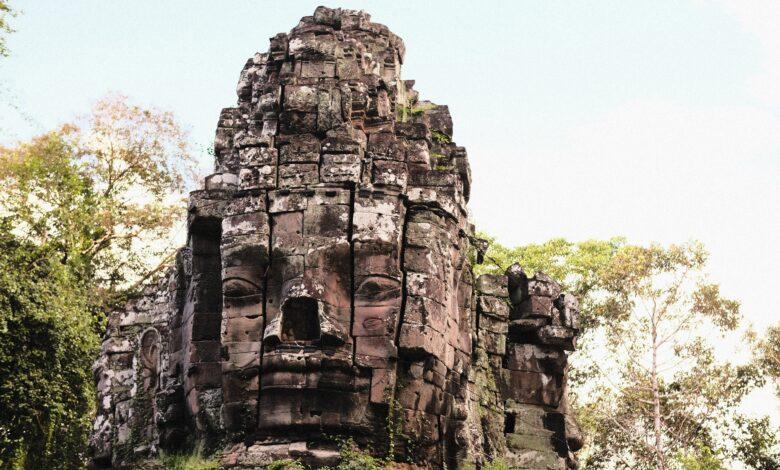
Introduction
Nestled amidst the lush jungles of Cambodia lies a marvel of human ingenuity and history – the ancient temples of Angkor Wat. As the dawn of a new adventure approaches, the allure of exploring these mystical structures becomes irresistible. Beyond the sheer beauty of intricate carvings and towering spires, Angkor Wat carries the weight of centuries, whispering tales of a bygone era. This journey is not merely a visit; it is a pilgrimage through time, a chance to connect with a rich cultural heritage that has withstood the test of time.
Getting to Angkor Wat
Reaching the magnificent Angkor Wat in Siem Reap is an adventure in itself. The primary gateway for international travelers is the Siem Reap International Airport (REP). Numerous airlines operate direct flights to Siem Reap from major cities across Asia, making it convenient for visitors to plan their journey. Once at the airport, taxis and tuk-tuks are readily available for a short ride to the city center or your accommodation.
For a more immersive experience, consider arriving by bus from neighboring countries like Thailand or Vietnam. Bus services are well-connected and affordable, providing an opportunity to witness the local landscapes and communities on the way to Siem Reap.
Travelers seeking a scenic option can explore boat services from Phnom Penh along the Tonle Sap Lake. This picturesque journey offers a unique perspective of Cambodia’s waterways and rural life. Keep in mind that travel times and options may vary, so it’s advisable to plan accordingly and check schedules ahead of time.
Travel Logistics and Tips for Reaching Siem Reap
Navigating Siem Reap is relatively straightforward, thanks to its compact size. Tuk-tuks, motorbike taxis, and bicycles are popular modes of transportation within the city. Tuk-tuks, in particular, provide a charming and affordable way to explore the area, and many drivers are willing to negotiate day rates for temple tours.
Renting a bicycle is another eco-friendly option, allowing visitors to leisurely pedal through the city’s streets and discover hidden gems. Moreover, several guesthouses and hotels offer bicycle rentals as part of their services.
Local transportation apps can also be handy for securing reliable rides and estimating travel times. Embrace the local culture and take a stroll through the vibrant markets and streets, immersing yourself in the unique blend of ancient history and contemporary life that Siem Reap has to offer.
Entry Requirements and Ticketing Information
Before embarking on your journey to Angkor Wat, it’s crucial to be aware of Cambodia’s entry requirements. Most visitors can obtain a visa on arrival, but it’s advisable to check the latest regulations to ensure a smooth entry process. Additionally, having a valid passport with at least six months’ validity beyond your planned departure date is essential.
To explore the temples of Angkor, visitors need to purchase an Angkor Pass. These passes are available for one, three, or seven days, providing access to various temples within the Angkor Archaeological Park. It’s recommended to buy the pass at the official ticket center to avoid scams and ensure the revenue contributes to the preservation of this UNESCO World Heritage site.
The Magnificent Angkor Wat
Angkor Wat, a symbol of Cambodia and one of the world’s most iconic archaeological wonders, holds a rich history and architectural significance. Built in the 12th century during the Khmer Empire, Angkor Wat was originally dedicated to the Hindu god Vishnu but later transformed into a Buddhist temple complex. Its name translates to “City of Temples,” and it sprawls over 400 acres, making it the largest religious monument globally.
The temple’s unique blend of classical Khmer architecture and intricate bas-reliefs showcases the grandeur of the Khmer civilization. The central towers, surrounded by a vast moat, represent Mount Meru, the mythical abode of the gods in Hindu cosmology. Angkor Wat’s impressive structures and stunning carvings make it a testament to the artistic and engineering prowess of the ancient Khmer people.
History and Architecture of Angkor Wat
Angkor Wat’s history is intertwined with the rise and fall of the Khmer Empire. Constructed by King Suryavarman II, this architectural marvel served as the king’s state temple and his eventual mausoleum. The temple’s bas-reliefs narrate Hindu myths and depict historical events, providing a visual journey into the cultural and religious beliefs of the Khmer civilization.
The temple’s architectural layout, featuring a series of galleries, libraries, and courtyards, reflects a precise alignment with celestial bodies, showcasing the Khmer people’s advanced understanding of astronomy. The intricate carvings on the temple walls depict scenes from Hindu epics, including the famous “Churning of the Ocean of Milk” and the “Battle of Kurukshetra,” offering visitors a glimpse into the stories that influenced the Khmer Empire.
Sunrise at Angkor Wat: A Magical Experience
One of the most enchanting experiences at Angkor Wat is witnessing the sunrise over its iconic towers. As the first light of dawn bathes the temple in warm hues, Angkor Wat comes alive, creating a magical and ethereal atmosphere. The reflection of the temple in the surrounding moat adds to the mesmerizing beauty of this moment, making it a must-see for visitors.
To fully appreciate the sunrise at Angkor Wat, it’s advisable to arrive early and secure a good vantage point. Many visitors gather at the reflective pools west of the temple to capture the breathtaking views as the sun gradually illuminates the intricate details of the temple’s architecture.
Exploring the Intricate Carvings and Bas-Reliefs
Angkor Wat’s walls are adorned with an extensive array of intricate carvings and bas-reliefs, providing a detailed narrative of religious and historical tales. The outer gallery walls depict scenes from the Mahabharata and Ramayana, while the inner walls showcase celestial dancers and divine figures. These carvings not only serve as artistic masterpieces but also offer insights into the Khmer people’s spiritual and cultural practices.
Visitors can spend hours exploring the temple’s nooks and crannies, marveling at the precision and artistry of the bas-reliefs. Each section of Angkor Wat unveils a new chapter of Khmer history and mythology, creating a captivating journey through the corridors of time.
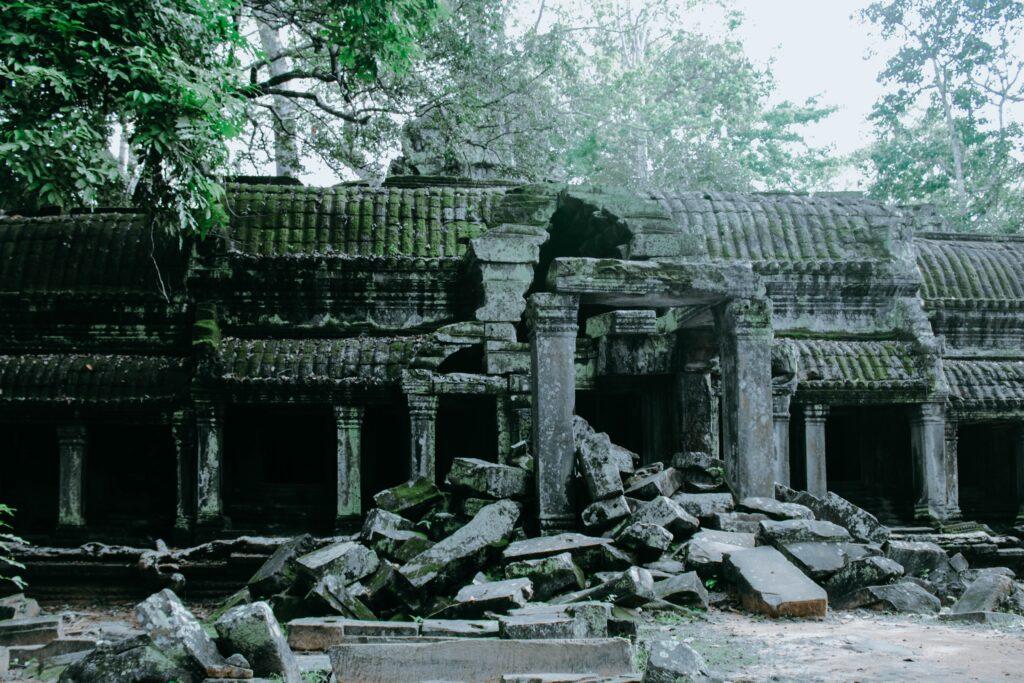
Beyond Angkor Wat: Other Temples in the Complex
While Angkor Wat is the crown jewel of the Angkor Archaeological Park, the site encompasses a vast array of temples, each with its own unique charm and historical significance. Exploring beyond Angkor Wat unveils a treasure trove of ancient marvels that collectively contribute to the rich tapestry of Khmer architecture and culture.
Bayon Temple: The Enigmatic Smiling Faces
Nestled at the heart of Angkor Thom, Bayon Temple is renowned for its iconic stone faces that seem to gaze serenely in all directions. The 54 towers of Bayon are adorned with over 200 massive enigmatic faces, believed to represent bodhisattva Avalokiteshvara or a combination of King Jayavarman VII and a compassionate deity. The intricate carvings and labyrinthine layout make Bayon a captivating exploration, revealing surprises at every turn. The temple’s spiritual ambiance and mysterious smiles of stone faces make it a must-visit site within the Angkor complex.
Ta Prohm: Nature’s Reclamation of Ancient Ruins
Ta Prohm offers a unique and atmospheric experience as it stands as a testament to the power of nature reclaiming human structures. This temple, embraced by towering silk-cotton trees and thick jungle foliage, was left in a partially ruined state to showcase the harmonious coexistence of nature and architecture. The intertwining tree roots and moss-covered stones create a surreal setting, transporting visitors to an ancient world being slowly embraced by the lush Cambodian landscape. Ta Prohm gained international fame as a filming location for the movie “Lara Croft: Tomb Raider,” adding to its allure.
Banteay Srei: The “Citadel of Women” and Its Pink Sandstone Elegance
Banteay Srei, located further away from the main Angkor complex, is often referred to as the “Citadel of Women” due to the delicacy of its carvings. Constructed from pink sandstone, this temple is dedicated to the Hindu god Shiva and is renowned for its exceptionally detailed and well-preserved bas-reliefs. The intricate carvings depict scenes from Hindu mythology, and the fine craftsmanship showcases the skill of Khmer artisans. Despite its smaller size compared to some other temples, Banteay Srei’s unique charm and the vibrant hue of its stone make it a favorite among visitors seeking a different perspective on Khmer architecture.
Tips for Exploring the Temples
Embarking on a journey to explore the temples of Angkor requires some thoughtful planning to make the most of this extraordinary experience. Here are essential tips to enhance your temple exploration:
Best Times to Visit for Optimal Experiences
Choosing the right time to visit the temples can significantly impact your overall experience. Early mornings and late afternoons are ideal for several reasons. Firstly, the soft, golden light during sunrise and sunset adds a magical touch to the ancient structures, creating a photographer’s paradise. Secondly, the cooler temperatures during these times make exploring the vast temple complex more comfortable. Additionally, the crowds tend to be thinner, allowing for a more serene and immersive experience.
While the off-peak months of May to September may offer fewer crowds, it’s essential to consider the higher chances of rain during this period. The months from November to February are considered the peak season, so planning your visit during the shoulder seasons of March-April or October can strike a balance between favorable weather and fewer crowds.
What to Wear and Carry During Temple Exploration
Proper attire is crucial when exploring the temples of Angkor, as these are sacred sites with a dress code in place. Visitors are advised to dress modestly, covering their shoulders and knees. Lightweight, breathable clothing is recommended due to the tropical climate. Don’t forget to wear comfortable footwear, as you’ll be navigating through uneven surfaces and stairs.
Carry a small backpack with essentials such as sunscreen, a hat, a refillable water bottle to stay hydrated, and insect repellent. Given the vastness of the temple complex, a good pair of walking shoes and a compact umbrella or rain jacket, especially during the rainy season, can be valuable additions to your exploration gear.
Guided Tours vs. Independent Exploration
The choice between joining a guided tour or exploring independently depends on personal preferences and travel style. Guided tours offer the advantage of expert insights from knowledgeable guides who can provide historical context and fascinating stories about the temples. They can also help navigate the complex, ensuring you don’t miss significant points of interest.
On the other hand, independent exploration allows for a more flexible and personalized experience. You can set your own pace, linger at specific temples, and discover hidden corners at your leisure. Maps and guidebooks are readily available for those who prefer self-guided exploration. Whichever option you choose, it’s advisable to research and plan your itinerary in advance to make the most of your time at Angkor.
Cultural Insights and Respectful Tourism
As you explore the temples of Angkor, it’s essential to gain cultural insights and embrace local customs and etiquette. Cambodia has a rich cultural heritage, and understanding and respecting these traditions contribute to a more meaningful and respectful travel experience. When entering temples, it’s customary to remove your shoes as a sign of respect. Additionally, a modest dress code is appreciated, especially in sacred sites. Learning a few basic Khmer phrases, such as greetings and polite expressions, can go a long way in fostering positive interactions with locals and demonstrating your appreciation for their culture.
Importance of Responsible Tourism and Preservation Efforts
Responsible tourism is paramount when visiting historical sites like Angkor. The increased popularity of these temples brings both opportunities and challenges. It’s crucial to minimize your environmental impact by staying on designated paths, refraining from touching delicate carvings, and disposing of waste responsibly. Support local conservation efforts by purchasing responsibly sourced souvenirs and adhering to ethical wildlife tourism practices. By respecting the rules and regulations in place, you contribute to the preservation of these ancient wonders for future generations.
Supporting local preservation initiatives, such as restoration projects and educational programs, can also be a way to give back to the community. Many organizations work tirelessly to maintain the integrity of Angkor’s temples, and your involvement, whether through donations or volunteering, can make a positive impact on the ongoing conservation efforts.
Interactions with Locals and Supporting the Community
Engaging with the local community can be a rewarding aspect of your journey through Angkor. Take the time to interact with locals, ask questions, and learn about their daily lives. When purchasing souvenirs, prioritize buying from local artisans and markets, contributing directly to the community’s economy. Consider participating in responsible tourism initiatives, such as community-based tours or homestays, to gain a deeper understanding of Cambodian culture while supporting local livelihoods.
Respectful interactions with locals also involve seeking permission before taking photographs, especially of individuals. Not everyone may be comfortable being photographed, and it’s important to prioritize the comfort and wishes of the local community.
FAQs
Q. What is the significance of Angkor Wat?
A. Angkor Wat holds historical and spiritual significance as the largest religious monument globally, representing Khmer architecture and Hindu-Buddhist cosmology. It served as a temple, mausoleum, and eventually, a symbol of national pride.
Q. Why are there faces on Bayon Temple?
A. The faces on Bayon Temple are believed to represent bodhisattva Avalokiteshvara or King Jayavarman VII. Their serene expressions convey compassion, embodying the divine qualities associated with Buddhism.
Q. How did nature intertwine with Ta Prohm?
A. Ta Prohm’s allure lies in the embrace of towering silk-cotton and strangler fig trees. The intertwining roots and branches showcase nature reclaiming the temple, creating a captivating blend of ancient architecture and natural beauty.
Q. What makes Banteay Srei unique?
A. Banteay Srei stands out for its intricate pink sandstone carvings, portraying intricate details and mythological scenes. Its smaller size allows for a more intimate exploration of Khmer artistry.
Q. Why is Angkor Thom called the City of Temples?
A. Angkor Thom earned the title “City of Temples” due to its vast complex featuring various temples, terraces, and the iconic Bayon. It served as the capital of the Khmer Empire and a testament to Khmer architectural prowess.
Q. How long does it take to explore Angkor Wat comprehensively?
A. To explore Angkor Wat comprehensively, plan for at least two to three days. This allows ample time to appreciate the details, history, and spiritual aura of this monumental site.
Conclusion
As we conclude our exploration, take a moment to reflect on the awe-inspiring journey through Angkor Wat. The ancient temples not only stand as architectural marvels but as bridges connecting us to a profound cultural heritage. Encouraging fellow travelers to embark on their own cultural explorations, we bid farewell to Cambodia’s timeless beauty, grateful for the memories etched into the stone walls of Angkor Wat. May your journey through time be as enriching as the one we’ve shared here. Safe travels, and may the echoes of history guide your steps.
UP NEXT
https://touristeyes.com/an-african-adventure-safari-in-serengeti-national-park/
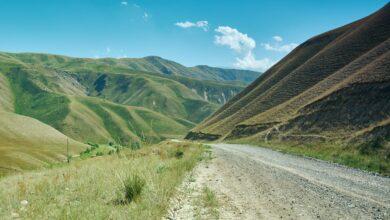
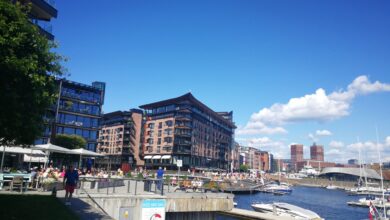
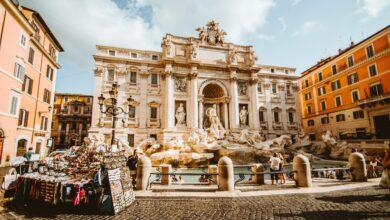

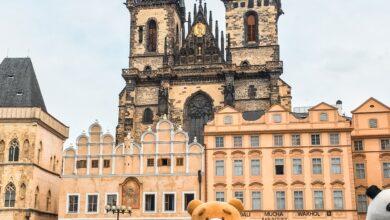
Facebook Comments